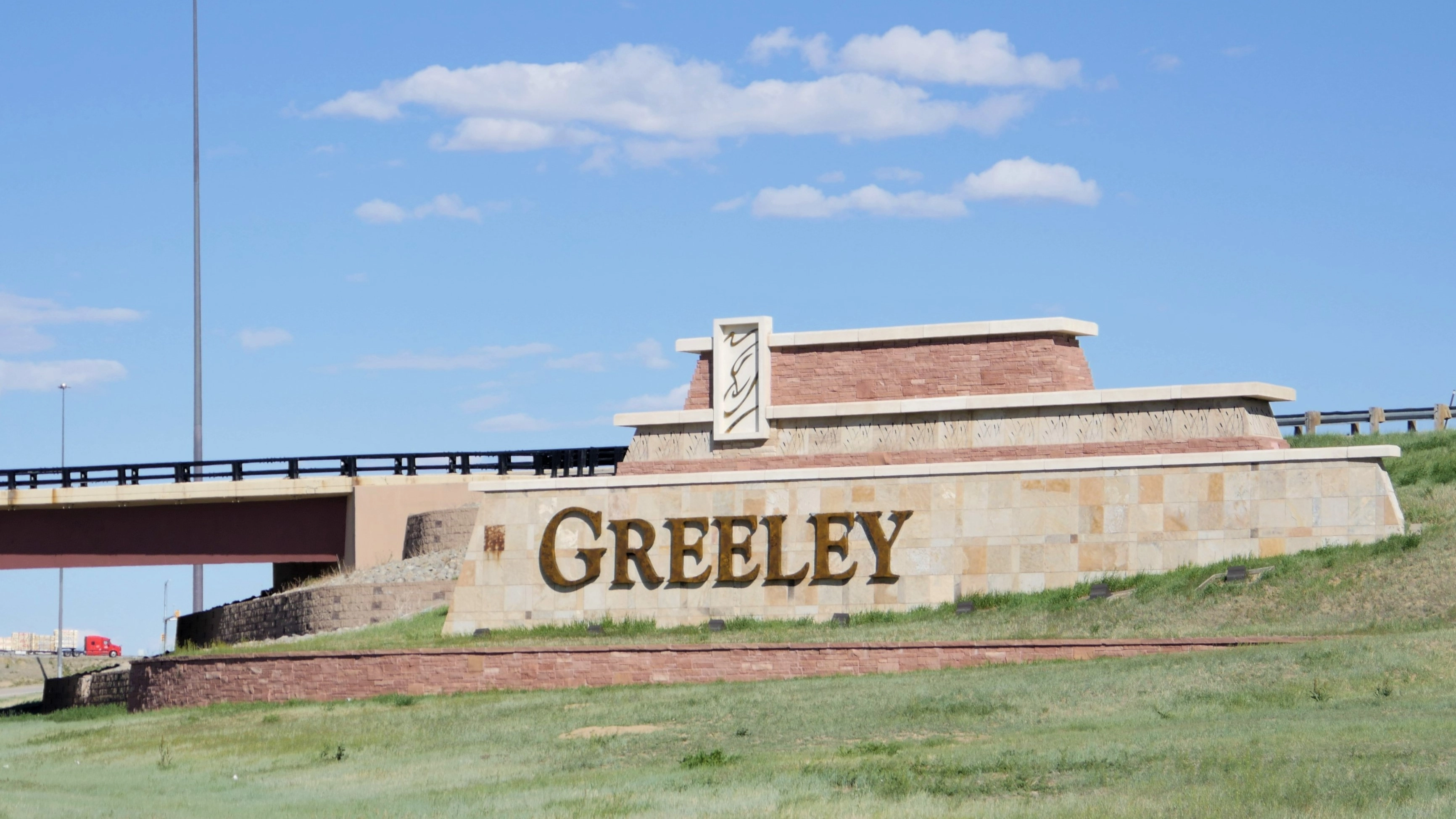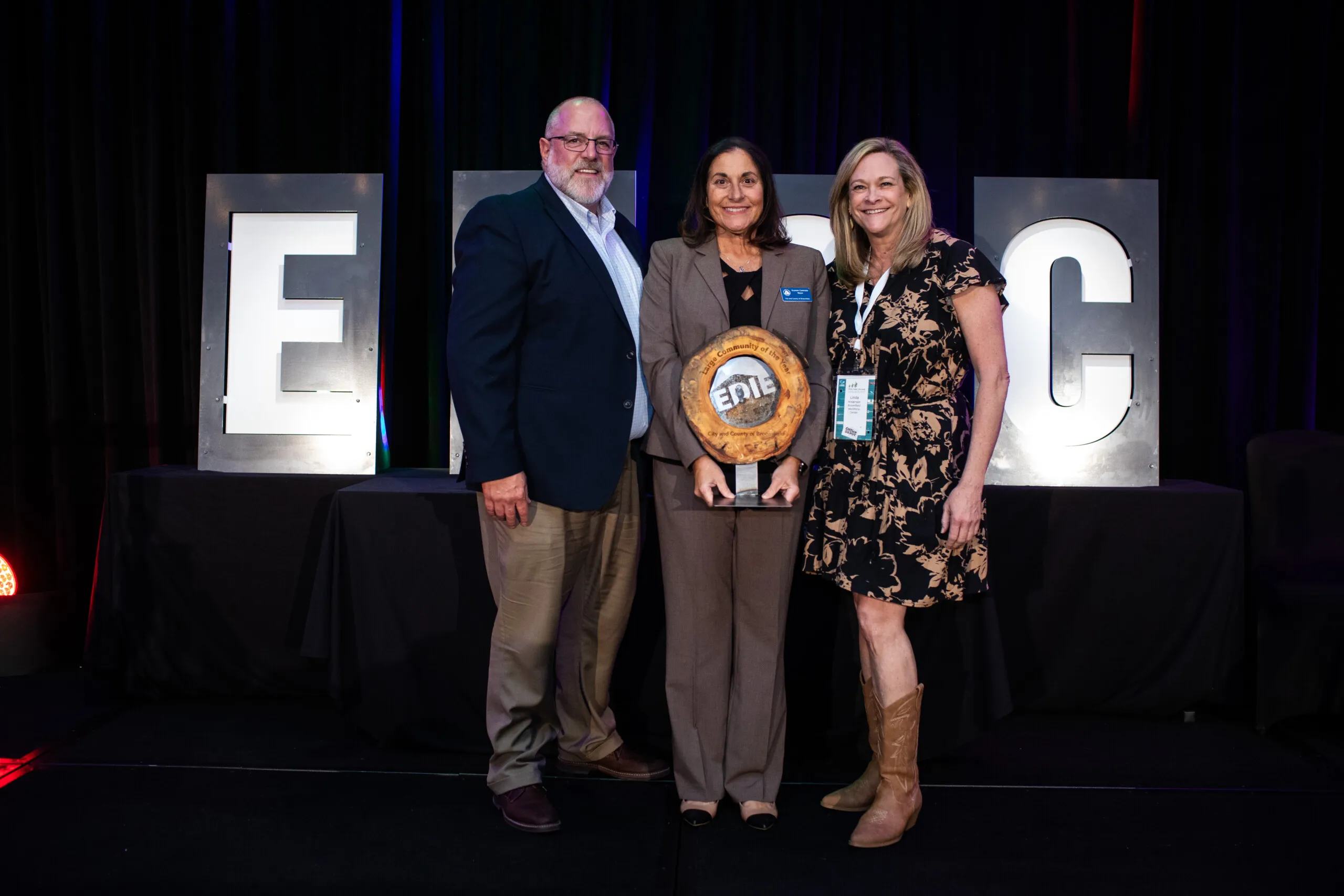Census estimates: Boulder growth slows as families flock to Weld
The latest county-level population estimates show that all four counties that comprise the Northern Front Range grew between the summers of 2019 and 2020. But while Larimer and Boulder counties were hindered by the lack of foreign migration during the pandemic, Weld County continued its growth trajectory because more families are having kids there.
The estimates released this month aim to be a snapshot of populations in the states and counties as of July 1 last year. The Census is expected to release individual city estimates next month.
The figures are also based on estimates from tax returns, Medicare enrollment and other federal government data sources, but may differ wildly from the official Census count that is expected to be released this summer.
SPONSORED CONTENT
Larimer still the largest county, but international migration slows
Larimer County remained the most populous of the four counties that make up the Northern Colorado and Boulder Valley region with 360,428 residents, followed by Weld County at 333,983 people, Boulder County at 327,171 and Broomfield County with 72,236.
However, Larimer and Boulder counties continued to see deep cuts in the number of international migrants moving within their borders. Foreign migration in Boulder County dropped from 1,038 new residents to 336 between 2018 and 2019, and fell further to 289 in the most-recent period.
Larimer’s influx of foreign migrants fell from 577 to 192, then down to 162 in the current Census estimate period.
While the slowdowns in 2018 through 2019 may have been attributable to stricter immigration stances adopted by the Trump Administration, the most-recent slowdown was certainly caused by the pandemic. That meant fewer international students enrolled or returned to the University of Colorado Boulder and Colorado State University, and fewer workers emigrated to work in those cities.
Weld County’s international in-migration fell from 443 from 2017-2018 to 109 new residents from 2018-2019. However, its drop to 96 in the most-recent period is minimal compared with the other counties with state universities.
Weld County’s rapid growth keeps on
While every county grew from the summer of 2019 to the summer of 2020, Weld County’s population rose by 9,280, larger than the combined population gains of Boulder, Broomfield and Larimer counties at 1,151, 1,619 and 3,187, respectively.
State Demographer Elizabeth Garner told BizWest that the growth is largely in line with past performance and her office’s long-term projections despite the disruption of the pandemic.
In particular, Weld County’s natural change was relatively steady at 2,386, compared with a drop in Boulder’s figure from 565 to 353. The natural change is the number of people born in an area subtracted by the number of people who die.
Garner said that means Weld County is becoming a younger county by virtue of more families being started or expanded there, while Larimer and Boulder counties are effectively aging at a faster rate.
However, Colorado as a whole is aging faster in this way. The state gained a net 33,930 residents through natural causes in 2011, but the figure has fallen steadily through the decade down to 20,550 in the 2019-2020 period.
Boulder’s baby bust
Boulder County’s natural rate has been on a fairly steady decline since 2011, when it gained 1,491 new residents on net through natural causes. With almost three-fourths of that growth gone as of last summer, Garner said a major part of that is the high cost of housing in the area.
The city of Boulder in particular has seen massive price increases in recent months, with the median home price in April remaining above $1.5 million. Although the area is generating plenty of well-paying jobs, Garner believes a lot of older long-time residents will decide to cash in by selling their homes.
But in taking advantage of a red-hot housing market, that may mean younger people who are looking to start a family and have less wealth may be priced out of Boulder and its satellite communities and into a place such as Greeley, where the median home sale price in May hit $365,000.
“There are a lot of wealthy 40 and 50-year olds who may be able to afford the million dollar price tag … But they won’t be having the babies,” she said.
The latest county-level population estimates show that all four counties that comprise the Northern Front Range grew between the summers of 2019 and 2020. But while Larimer and Boulder counties were hindered by the lack of foreign migration during the pandemic, Weld County continued its growth trajectory because more families are having kids there.
The estimates released this month aim to be a snapshot of populations in the states and counties as of July 1 last year. The Census is expected to release individual city estimates next month.
The figures are also based on estimates from tax returns, Medicare enrollment and other…




